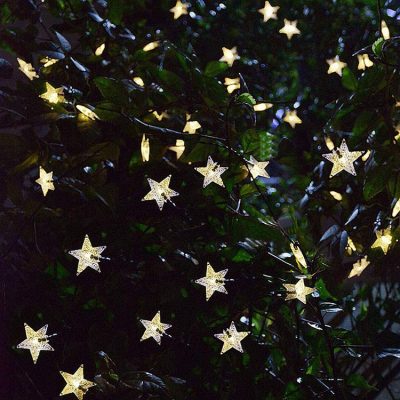LED strip lights have revolutionized architectural lighting, bringing a modern and versatile touch to both interior and exterior spaces. Here are ways in which LED strip lights are used in architecture to enhance the aesthetics and functionality of buildings:
- Accentuating Architectural Features:
- LED strip lights can be used to highlight architectural details such as arches, columns, and facades. They create a dramatic effect by outlining and emphasizing these features, adding depth and visual interest to the building’s design.
- Cove Lighting:
- LED strip lights are commonly used in coves along the edges of ceilings or walls. This indirect lighting technique provides a soft, even glow that enhances the ambiance of a room and gives it a modern, elegant feel.
- Staircase Lighting:
- LED strip lights are installed along staircases to provide both safety and aesthetic appeal. They illuminate the steps and create a stunning visual effect, making staircases a focal point in contemporary architectural designs.
- Under-Counter and Shelf Lighting:
- In kitchens and commercial spaces, LED strip lights are often used under cabinets, counters, and shelves. They not only provide practical task lighting but also create a stylish and futuristic look.
- Media Walls:
- LED strip lights are integrated into media walls and entertainment centers to enhance the viewing experience. They can be synchronized with television screens or used to create dynamic lighting effects during gaming or movie nights.
- Futuristic Ceilings:
- LED strip lights can be used to create futuristic, interactive ceilings in commercial spaces like malls or museums. These dynamic installations can change colors and patterns, captivating visitors and adding a touch of modernity.
- Exterior Lighting:
- LED strip lights are weather-resistant and suitable for outdoor architectural lighting. They can be used to illuminate building facades, pathways, landscapes, and outdoor seating areas, enhancing the aesthetics and safety of the exterior environment.
- Dynamic Color-Changing Effects:
- LED strip lights offer a wide range of color options and can produce dynamic color-changing effects. Architects and designers can create ever-changing lighting displays that reflect different moods or seasons.
- Interactive Art Installations:
- Artists and architects use LED strip lights to create interactive and immersive art installations. These installations can respond to environmental factors or user interactions, making architecture come alive in innovative ways.
- Sustainability and Energy Efficiency:
- LED strip lights are known for their energy efficiency, making them an environmentally conscious choice for architectural lighting. They contribute to reducing energy consumption and lowering carbon footprints in buildings.
- Customization and Personalization:
- LED strip lights can be customized in terms of color, intensity, and patterns to suit the specific architectural vision and design preferences of the space.
- Integration with Smart Technology:
- LED strip lights can be integrated into smart home or building automation systems. This allows for remote control, scheduling, and synchronization with other smart devices, providing both convenience and style.
LED strip lights have transformed architectural lighting by offering designers and architects the flexibility to create stunning and dynamic lighting effects that not only enhance the aesthetics of spaces but also contribute to the functionality and sustainability of modern buildings. Their versatility and energy efficiency make them a staple in contemporary architectural design.
























